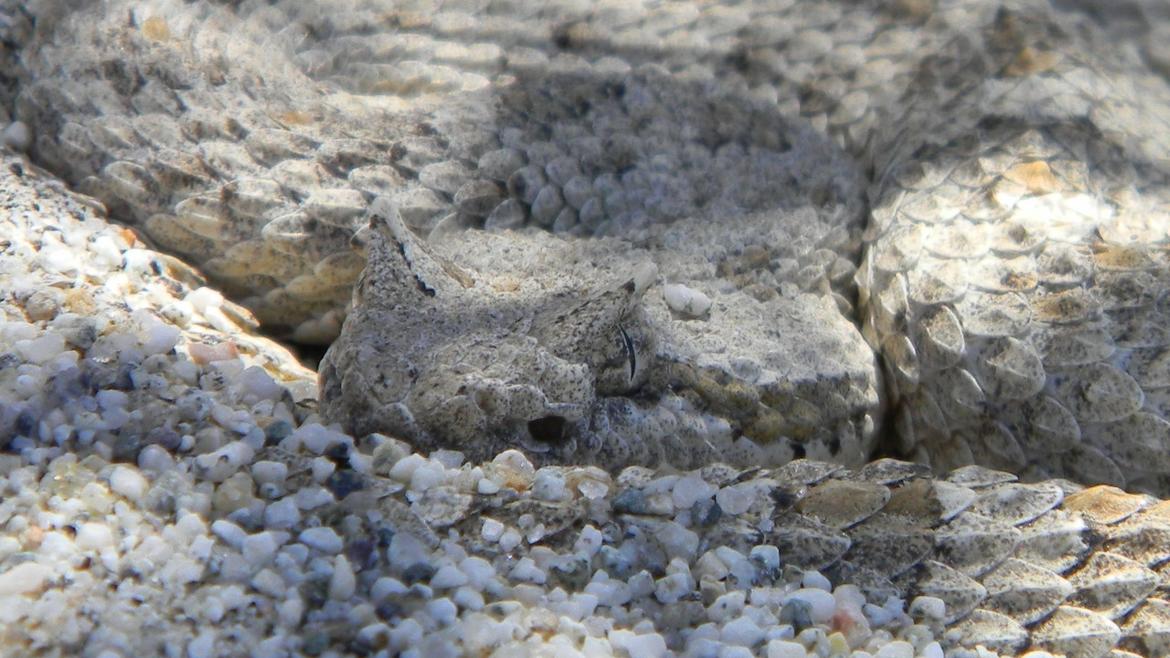Naturalist Update from 7/10
As you hopefully remember, our California Naturalist class is meant to be a launching pad to membership into a “community of naturalists." What that means will vary from person to person, a personal journey, greater engagement with others exploring natural history, participating in doing science, or all the above.
I am so thankful for those of you who are helping me answer the big questions about how animals and plants are responding, moving, and adapting, to a warmer, more arid desert. We used to call you “Citizen Scientists," a designation that for me honored your role as anyone with the passion to learn about and contribute to science. However, words matter. As hard as I have tried, I cannot find any definition of “citizen” that matches my interpretation. The first dictionary definition of “citizen” refers to a person who has full rights in a country, by birth or naturalization. Unfortunately, that excludes a key word in my meaning for Citizen Scientist – that anyone could be one.
Consequently, following the lead of some conservation groups like the Audubon Society, Citizen Science has been replaced by “Community Science." Again, words matter, and words have power. More recently I heard that there is yet another substitute name, apparently being pushed by the iNaturalist folks: “Participatory Science." I’m not a fan. I want a word that imbibes and honors the value of anyone dedicated to answering hard science questions. Those volunteers that have taken the time to be trained to collect the data needed to get answers that might someday help ensure the protection of the plants and animals (including humans) that we all cherish deserve a moniker that reflects that effort. “Participatory” doesn’t do it. I’m not sure “Community” comes with the level understanding and honor that it should, but it’s the best we have so far.
Community Scientists have had to overcome another hurdle, a perception from academic, “professional” scientists, that community science data cannot not be trusted. A few years ago, I tested that perception. Up in Joshua Tree National Park, we had two park biologists survey a series of plots, counting the lizards that lived there. Then, within a week (to avoid any seasonal affect), I took groups of 5-8 Community Scientists and we surveyed the same plots, using the same techniques. These were folks who had never surveyed lizards before and didn’t know one species from another. My role was mostly limited to running back and forth to identify the lizards that the Community Scientists found. The results were astounding. My Community Scientists saw on the average twice as many species and twice as many individuals than did the college-trained park biologists. These results have been duplicated again and again around the world. The key ingredient is that when the Community Scientists are there shoulder to shoulder with a senior biologist, the data far exceed (in quantity and quality) those of a trained biologist alone.
Now, for each research paper I produce, I acknowledge the Community Scientists by name who helped collect the data. I hope that for the Community Scientists seeing their names listed in a scientific journal article is empowering. Given that, except at the highest elevations, it is just too hot to be chasing lizards, so like every summer I am now crunching data – this time for plant and lizard responses to increasing heat and aridity across the elevation and east-west gradients of the lower slopes of the Santa Rosa and San Jacinto Mountains National Monument. I hope to have a draft manuscript ready to send to a journal before the end of summer. While not nearly as much fun as collecting the data, transforming rows and rows of numbers into graphs that illustrate the responses of the lizards over time and across these gradients is pretty satisfying as well. Then it will be time to write. It will be yet another opportunity to acknowledge the contributions of our Community Scientists.
Don’t forget to celebrate Thursday, July 16 – of course its World Snake Day! Send us your favorite snake picture.
